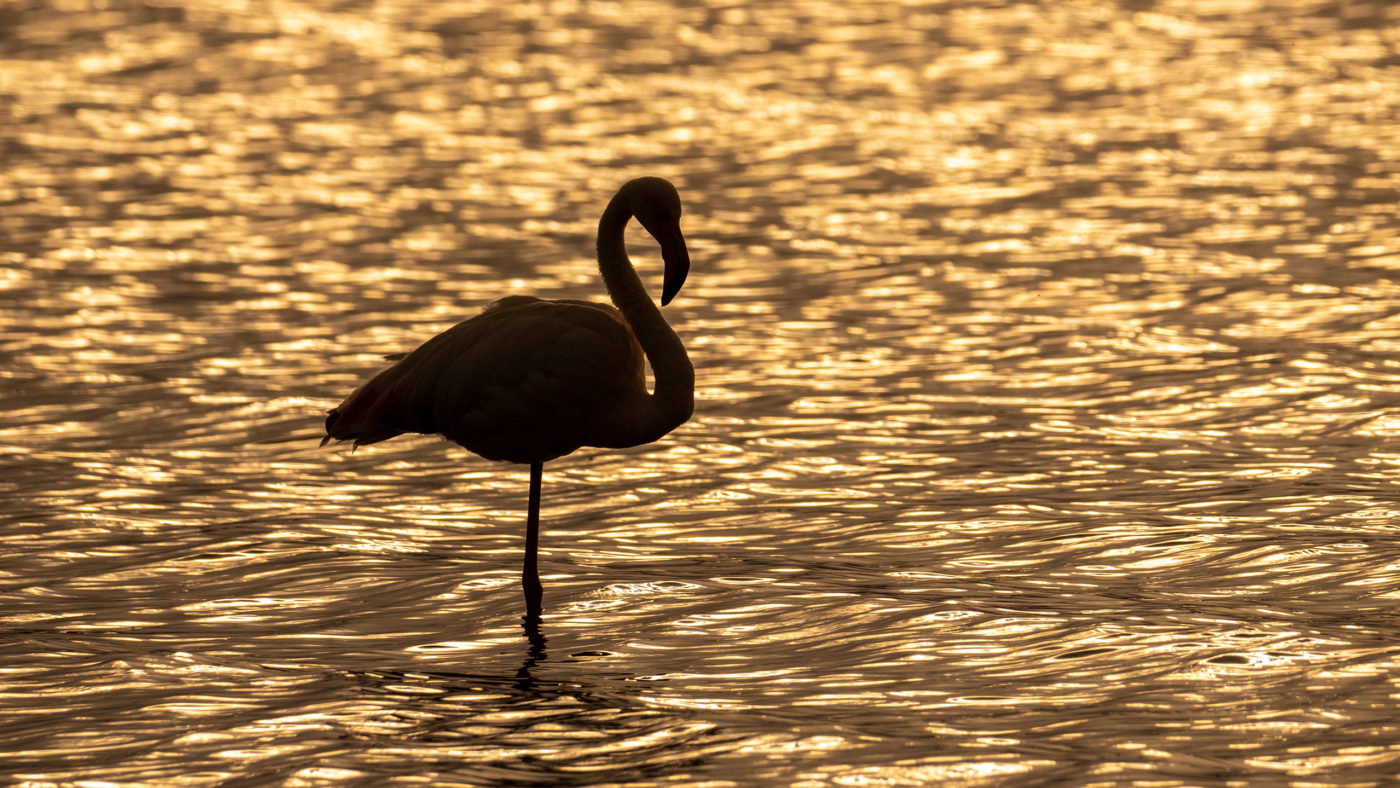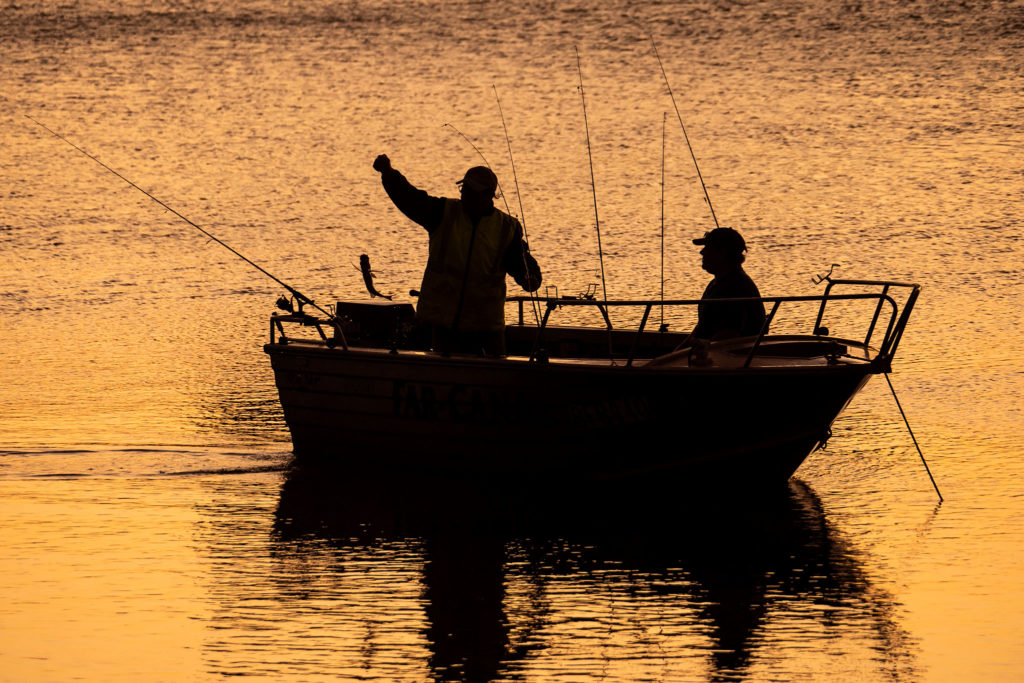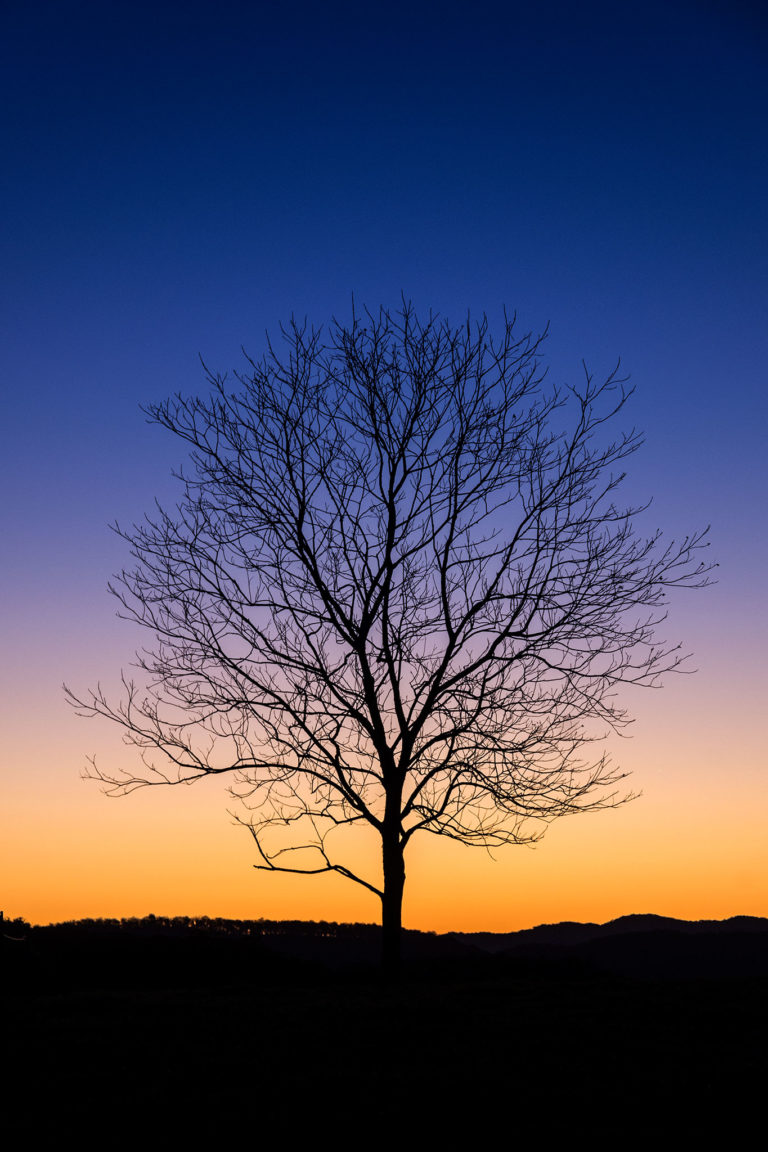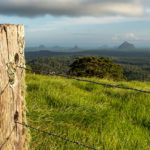Tip of the month: August 2022. The beauty of a simple silhouette.

In an age when all the camera brands emphasise the amazing dynamic range of their latest models, it is possible to capture unprecedented levels of light and shadow in ever-increasing detail. You can add to that the ability to lighten shadows up in post-processing. And who can forget that awful phase about 10 years ago when HDR photography took the landscape world by storm, producing some truly bizarre images in the name of ‘natural’ photography. Here’s a link to some examples if you don’t know what I’m talking about.

In the rush to create maximum detail in every highlight and shadow, the beauty of a simple silhouette is often forgotten. But my LATEST IMAGES page features two recent silhouette images, reminding me just how much I like the simple statement these images can make.
A silhouette strips away the details and reduces a subject to a simple outline. That forces us to focus our attention on things we might not notice in a more detailed photo. We can appreciate the atmosphere created by golden light across water, or the intricate shapes of a tree in Winter. And when a photo captures two blokes fishing, we can imagine that essential moment without needing to know who they are, or what kind of boat they are in!
Because we can’t see an real detail in the subject, photos like this tend to spark a bit more imagination in the viewer. Because the ‘whole story’ isn’t there to see, different viewers will interpret photos like these in different ways based on their own experience of similar moments. It’s a definite case of “less is more.”

SO HOW DO YOU CAPTURE A SIMPLE SILHOUETTE? HERE ARE MY TIPS…
- Seek out a subject that has a distinctive outline – something people can recognise by shape alone.
- Position yourself so that the light source is behind the subject. Outdoors the light source will usually be the sun, and sunrise and sunset times usually give you warmer colours. If you want something very stark, shoot when the sun is up and bright, and consider creating a black and white image for a very high-contrast photo.
- Make sure your subject is ENTIRELY surrounded by water or sky. Anything between you and the light source is likely to come out black, so if your subject overlaps with other features it can spoil the effect.
Comments are closed.



